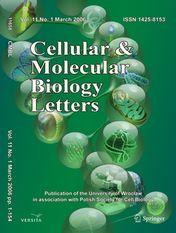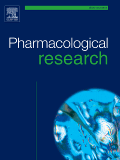
“Brainstem and cerebellar astrocytes have critical roles to play in hypertension and attention deficit hyperactivity disorder (ADHD), respectively. Angiotensin (Ang) II, via the astroglial Ang Type 1 receptor (AT1R), has been demonstrated to elevate pro-inflammatory mediators in the brainstem and the cerebellum.
The activation of astroglial Cannabinoid Type 1 Receptor (CB1R), a master regulator of homeostasis, has been shown to neutralize inflammatory states.
Factors that drive disease physiology, are known to alter the expression of CB1Rs.
In the current study, we investigated the role of Ang II in regulating CB1R protein and mRNA expression in astrocytes isolated from the brainstem and the cerebellum of Spontaneously Hypertensive Rats (SHRs).
The results were then compared with the normotensive counterpart, Wistar rats. Not only was the basal expression of CB1R protein and mRNA significantly lower in SHR brainstem astrocytes, but treatment with Ang II resulted in lowering it further in the initial 12 hours. In the case of cerebellum, Ang II upregulated the CB1R protein and mRNA in SHR astrocytes. While the effect of Ang II on CB1R protein was predominantly mediated via the AT1R in SHR brainstem; both AT1R and AT2R mediated Ang II’s effect in the SHR cerebellum.
This data is strongly indicative of a potential new mode of cross talk between components of the renin angiotensin system and the endocannabinoid system in astrocytes. The consequence of such a crosstalk could be a potential reduced endocannabinoid tone in brainstem in hypertensive states, but not in the cerebellum under the same conditions.”









